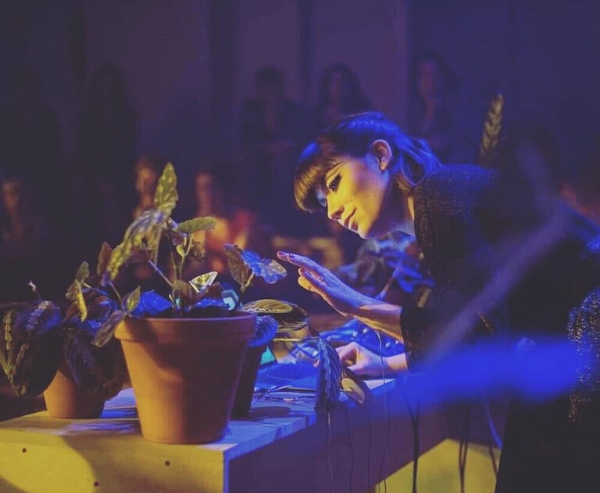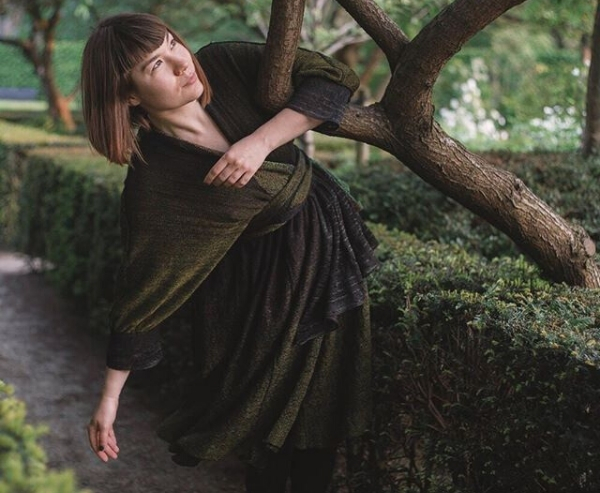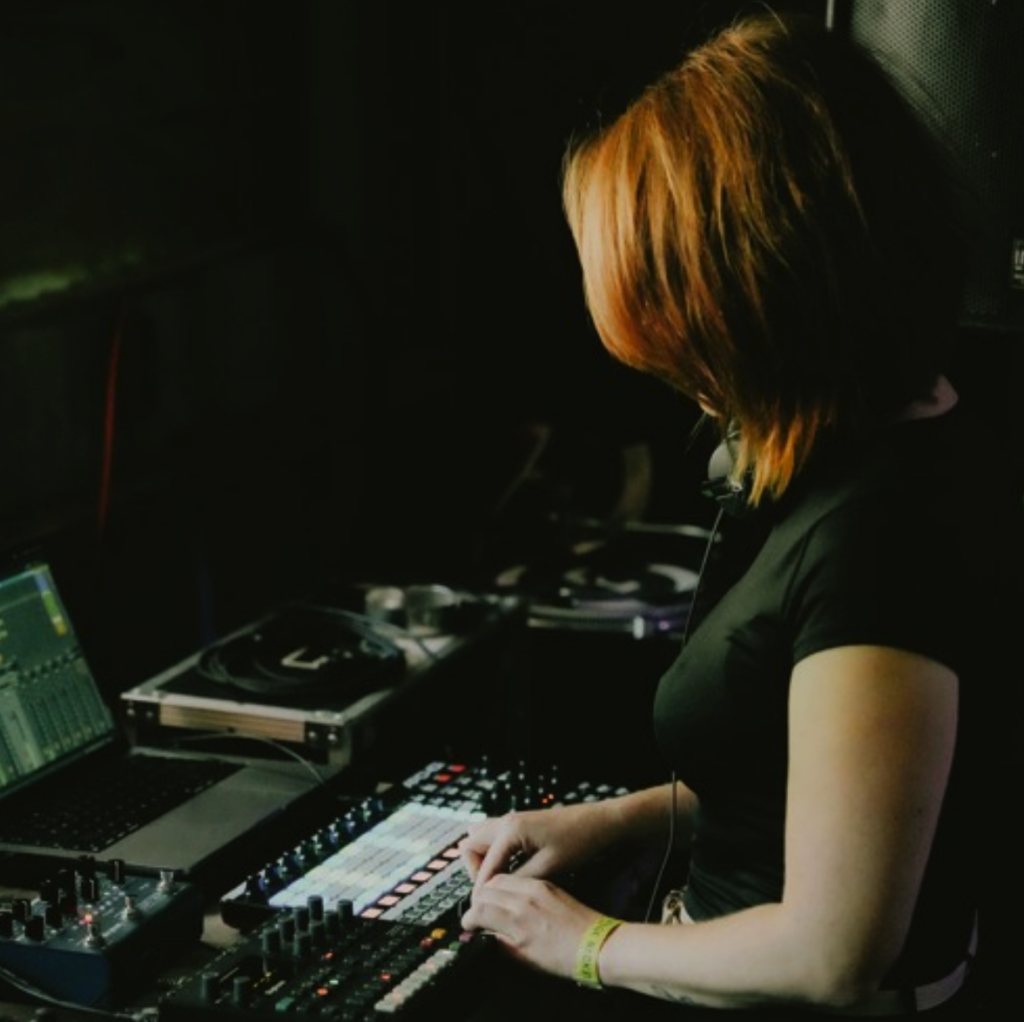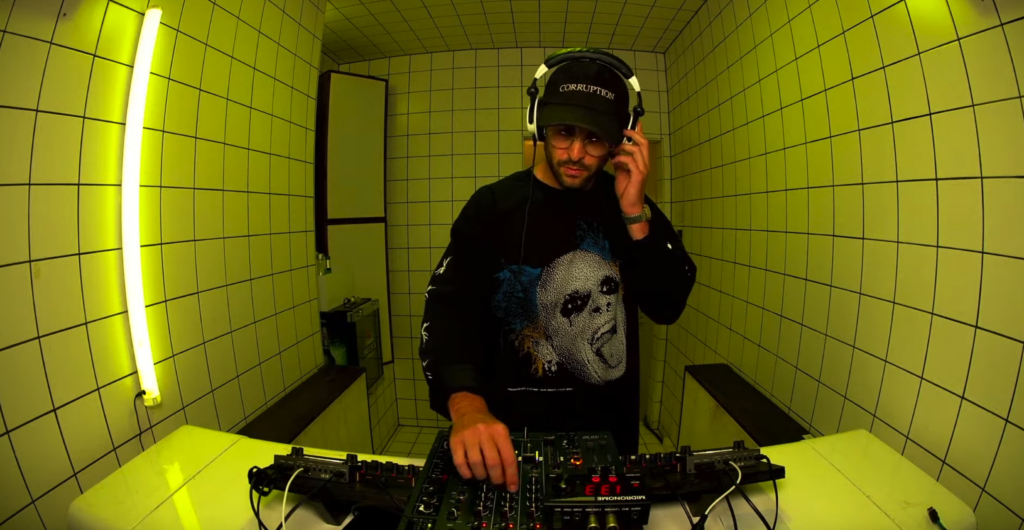I knew it was possible to make music with plants. I started to research, I carried out tests, I made cables to connect electrodes to the leaves, to the ground, and to my body. When I touch the plant, we establish an electrical circuit by exchanging a weak electrical current, which is then translated into frequency and sent to a computer. It is, therefore, a trio between the plant, me and the computer.
I use a computer program, “Sound Plant 47”, which translates electrical data into frequencies via an Arduino. Each plant has its own identity: when it comes to a strong frequency, for example, I translate it into a more acute sound. And when it is weak, into a low sound. I can thus create a harmony between the different frequencies of plants. This is what I do when performing live, a concert with my “group” – a set of sixteen plants.
“Each plant has its own identity”
Similar programs already existed, but I added my own sensitivity to them. I notably brought a touch of softness to it by using electrodes that I put on plants, and not pliers, which can traumatize the plant. Plants sometimes have very little energy: in such a scenario, I need to reshape their electrical frequency to be able to listen to them. There is a peculiar decisional part between the section of the plant I choose to use and the creative direction I take for the translation of its vibrations into sounds.
Plants can sometimes have their own mood swings. Some species are more dynamic than others, especially plants with very green and perennial leaves, with more veins. Aloe vera, on the other hand, is curiously not very cooperative. But she already gives us so much through her gel… Maybe she can’t be in the oven and in the mill at the same time.











